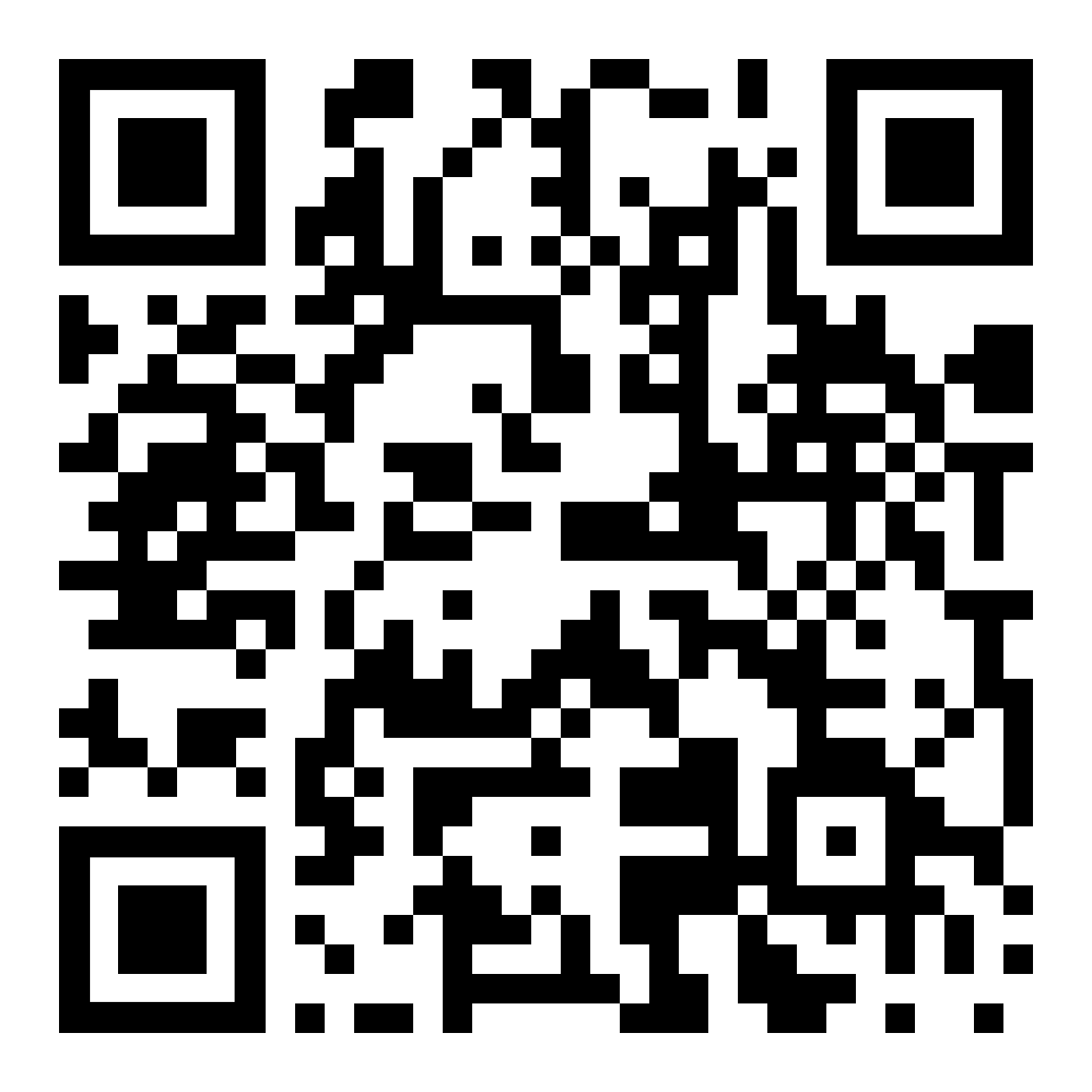The Impact of Disclosing Sponsored Marketing to Children: A Pilot Randomized Controlled Trial
DOI:
https://doi.org/10.33165/rmj.48.01.e271581Keywords:
Sponsored marketing, Advertising disclosure, Advertising literacy, Children, Primary schoolAbstract
Background:Early primary school children (ages 6-8 years) often struggle to recognize advertising content and understand its persuasive intent, particularly in digital media. With increasing exposure to sponsored content on platforms, such as YouTube, there is a critical need for effective methods to enhance children’s advertising literacy.
Objective: To evaluate the impact of child-specific advertising disclosure on advertising literacy among children aged 6 to 8 years.
Methods: This pilot randomized controlled trial, 43 primary school children in Thailand were randomly assigned to control or intervention groups. The intervention group viewed a 10-second disclosure stating, “This person received money to use the product in this content,” before watching a mock YouTube unboxing video. Advertising literacy was assessed via questionnaires at baseline, immediately postintervention, and at 3-month follow-up.
Results: Among 43 participants (51.6% female, mean age 7.31 years), the control group demonstrated a significant decrease in overall advertising literacy scores from pretest to posttest (P = .049), driven by reduced brand recognition, source recognition, and understanding of selling intent. In contrast, the intervention group maintained their advertising literacy (P = .110), with a stable understanding of persuasive intent and a trend toward improved understanding of selling intent. Scores remained consistent from the posttest to 3-month follow-up in both groups.
Conclusions: Child-inspired advertising disclosure prevented a decline in advertising literacy, particularly for persuasive and selling intent components. These findings suggest that customized disclosures may enhance young children’s recognition of advertising commercial motives.
References
Radesky J, Chassiakos YLR, Ameenuddin N, Navsaria D; Council on Communication and Media. Digital Advertising to Children. Pediatrics. 2020;146(1):e20201681. doi:10.1542/peds.2020-1681
Martínez C, Olsson T. Making sense of YouTubers: how Swedish children construct and negotiate the YouTuber Misslisibell as a girl celebrity. J Child Media. 2019;13(1):36-52. doi:10.1080/17482798.2018.1517656
Wongrujira M. Survey of children’s access to indecent content via new media: a case study from Thailand. In: Proceedings of International Academic Conferences 3605705. International Institute of Social and Economic Sciences; 2016.
Nelson MR. Developing persuasion knowledge by teaching advertising literacy in primary school. J Advert. 2016;45(2):169-182. doi:10.1080/00913367.2015.1107871
De Veirman M, Hudders L, Nelson MR. What is influencer marketing and how does it target children? a review and direction for future research. Front Psychol. 2019;10:2685. doi:10.3389/fpsyg.2019.02685
Patterson MJ. Experts, celebrities and bloggers beware: the FTC publishes revised guides concerning the use of endorsements and testimonials in advertising. Loy Consumer Law Rev. 2010;22(4):497-512.
De Jans S, Vanwesenbeeck I, Cauberghe V, Hudders L, Rozendaal E, van Reijmersdal EA. The development and testing of a child inspired advertising disclosure to alert children to digital and embedded advertising. J Advert. 2018;47(3):255-269. doi:10.1080/00913367.2018.1463580
Detnakarintra K, Trairatvorakul P, Pruksananonda C, Chonchaiya W. Positive mother-child interactions and parenting styles were associated with lower screen time in early childhood. Acta Paediatr. 2020;109(4):817-826. doi:10.1111/apa.15007
Brown L, Sherbenou RJ, Johnsen SK. Test of Nonverbal Intelligence. 4th ed. Pro-Ed; 2010.
Woerner W, Nuanmanee S, Becker A, Wongpiromsarn Y, Mongkol A. Normative data and psychometric properties of the Thai version of the strengths and difficulties questionnaire (SDQ). J Ment Health Thai. 2011;19(1):42-57.
Weismueller J, Harrigan P, Wang S, Soutar GN. Influencer endorsements: how advertising disclosure and source credibility affect consumer purchase intention on social media. Australas Mark J. 2020;28(4):160-170. doi:10.1016/j.ausmj.2020.03.002
Edwards SM, Li H, Lee JH. Forced exposure and psychological reactance: antecedents and consequences of the perceived intrusiveness of pop-up ads. J Advert. 2002;31(3):83-95. doi:10.1080/00913367.2002.10673678
Mallalieu L, Palan KM, Laczniak RN. Understanding children's knowledge and beliefs about advertising: a global issue that spans generations. J Curr Issues Res Advert. 2005;27(1):53-64. doi:10.1080/10641734.2005.10505173
De Jans S, Hudders L. Disclosure of vlog advertising targeted to children. J Interact Mark. 2020;52(1):1-9. doi:10.1016/j.intmar.2020.03.003

Downloads
Published
How to Cite
Issue
Section
License
Copyright (c) 2025 by the Author(s). Licensee RMJ.

This work is licensed under a Creative Commons Attribution 4.0 International License.
















